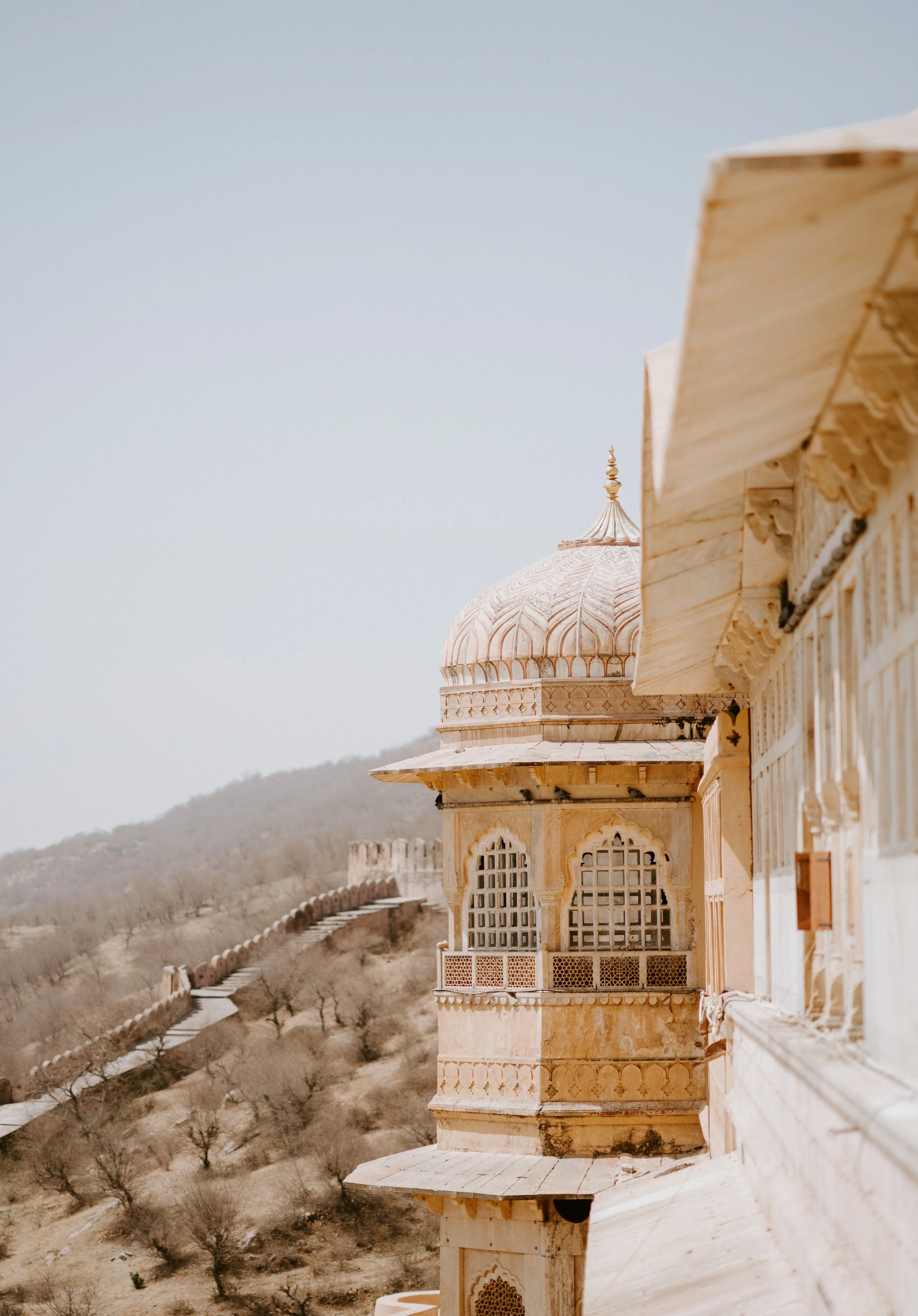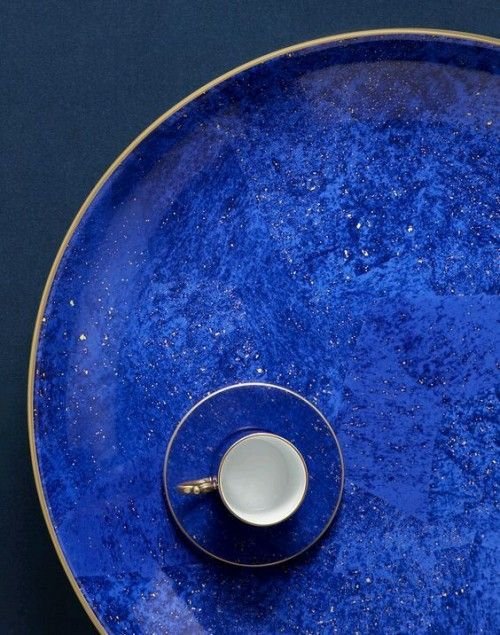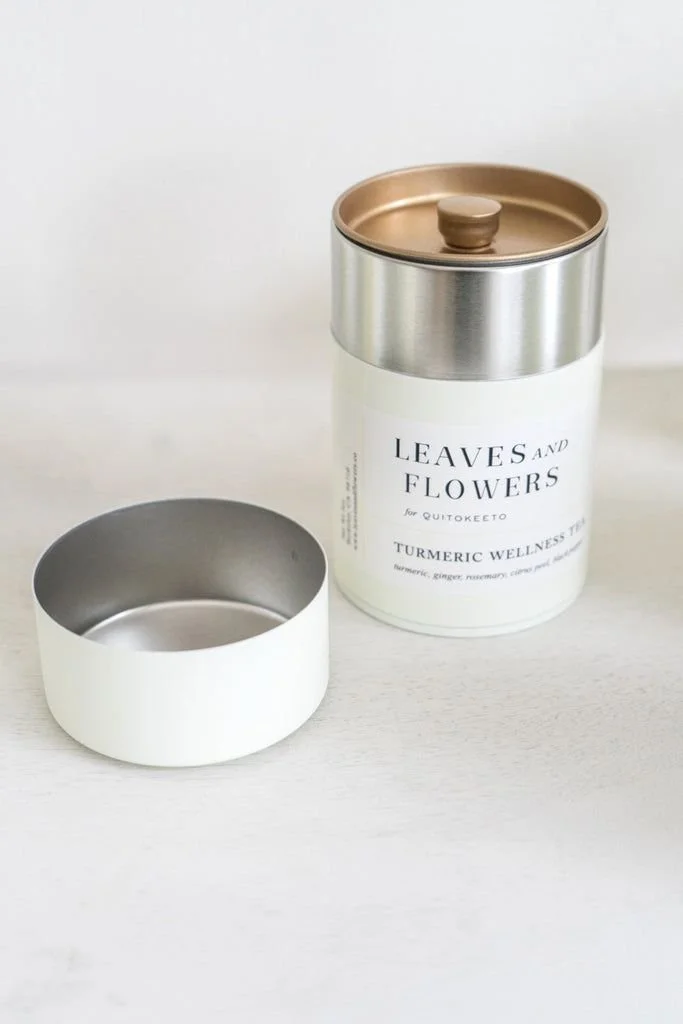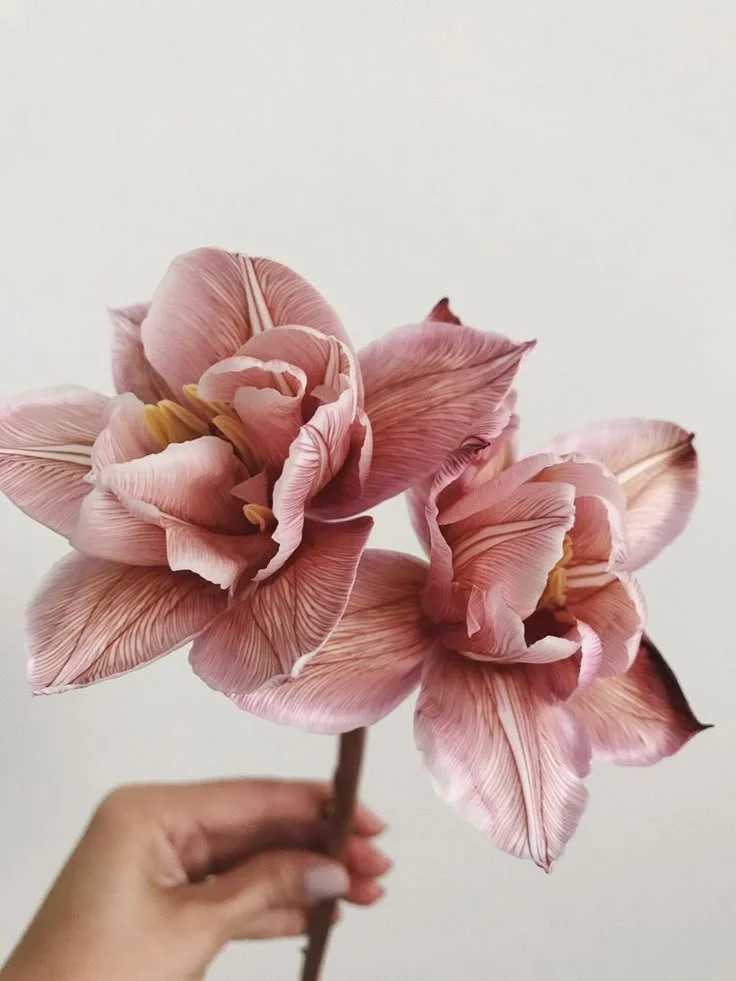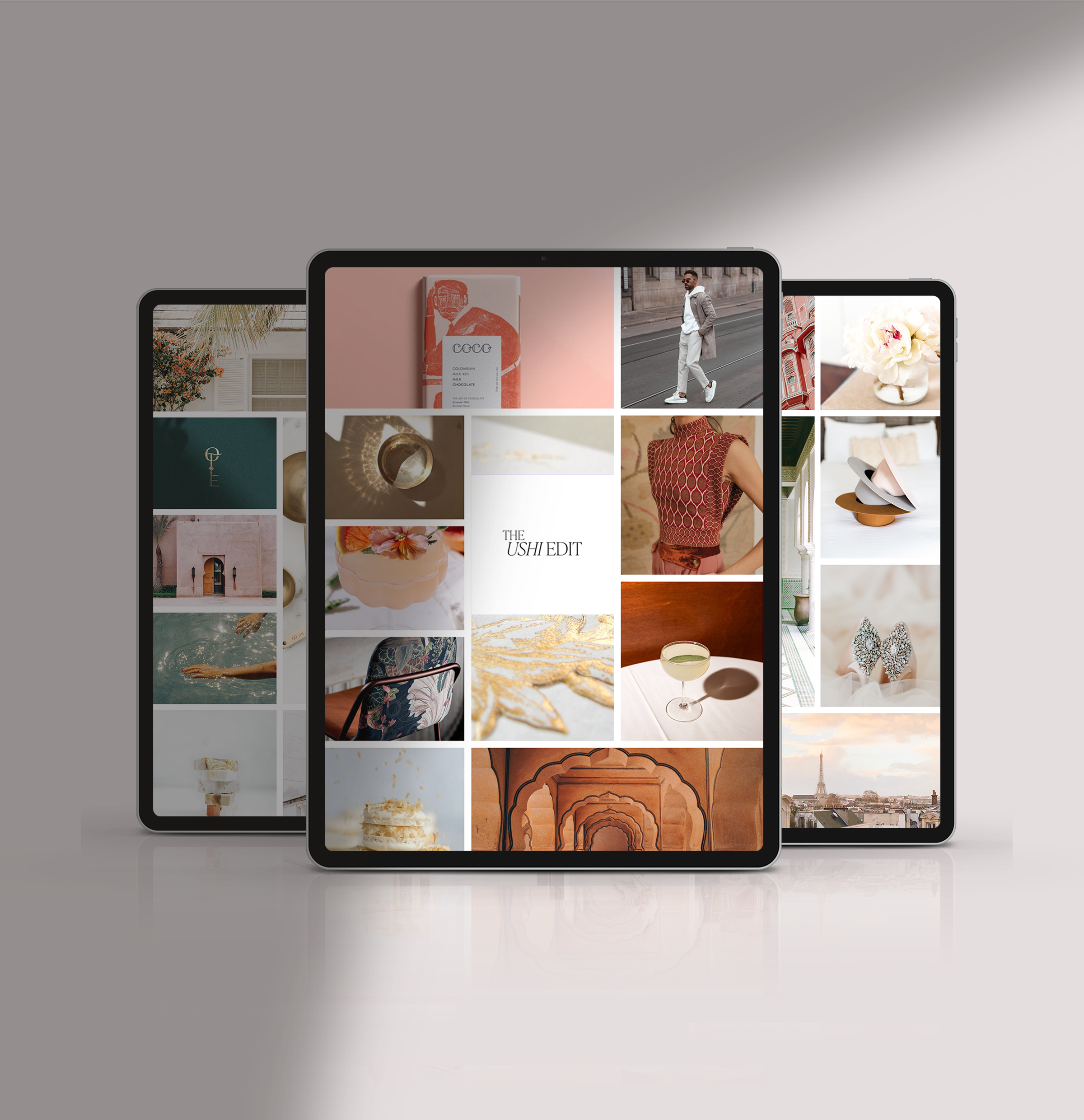THE
ORIGIN
STORY
MODERN LIFE,
ROOTED IN CULTURE
I am a first generation, Indian-American, who once felt fragmented and “all over the place” within two seemingly different worlds; the deep roots and traditions of Indian, Zambian, and South African cultural streams that flowed through my lineage with the freedom and promise of the U.S.; the ambitions of a business woman with the wisdom of an artist; the fiercely competitive spirit of an athlete with the curiosity of an academic; and the love of God with a devotion to science and the natural world.

For a long time, I believed I had to push back or prove I was “right” in order to feel a sense of belonging and make the impact I longed for. But it just created resistance, struggle, and the “overs”—overthinking, overfunctioning, overworking, overcomplicating—to prove I was enough, to feel understood or seen, and show that I had purpose.
Everything looked great on the outside—awards, promotions, money, even impact—but I felt tired and isolated within. I hadn’t yet made sense of or embraced my multi-dimensional, multi-faceted self. I hadn’t yet recognized that it was an advantage.
In many ways, I thought there was something wrong with me. That I lacked focus or depth in one area.
There was a storm of cultural narratives vying for position in my head. I had to take time—an intentional sabbatical—and ask myself in the quiet, “Who am I within this storm?
What do I believe? What do I stand for?
What do I really want to do with this gift of time and life?”
THE DREAM
My family’s immigration story began in South Africa and Zambia in the early 1940s on the liberating waves of satyagrahi and at the precipice of Indian independence, when Indian indentured laborers transformed into free merchants and tradespeople.
My great grandfathers set out on a steam ship from Gujarat, India to Africa with empty pockets and a heart full of dreams. My great grandmothers followed, carrying the rituals and traditions of their homeland and blending them with the local culture and lifestyle. They all searched for a better way for us, the future generations.
In that era, before Yoga, Chai, Turmeric and Chicken Tikka became gold in the West, and people still questioned if we ate monkey brains (thank you very much Indian Jones), the holy grail for Indian immigrants was an American education, and why my father and mother came here.

I am the daughter of immigrants and the firstborn child and grandchild.
My family is an inspiring story of resilience, loyalty, service and perseverance, but also one of colonial residue that screams of inadequacy and the misconception that we have to suffer and be other than who we are to know providence.
They only knew one formula for happiness. Be the best in school. Be smart, don’t act smart. Get married. Be a doctor or engineer. Work hard. Work harder. Keep your allegiance to the Indian community. Specifically the Gujarati community. Get a house. Have kids. Repeat.
You want to do what you love? You want to have a passion? Do it on the side. As modern as I thought the Indians in America were, there was still a dominant narrative that a woman’s only place and sense of identity is in the kitchen, as a wife, or a mom.
I love my family. I am grateful for them. Of course, I would fall in line. I wanted to make them proud. I wanted to belong.

BUT THEN, THERE WAS THAT RELENTLESS STIRRING IN MY HEART…
RECONCILING IDENTITIES
Eventually, after some tough love and tough fights, my parents and I aligned. They saw our dynamic of individuation, in their dynamic with their parents. As do I with my own children. My parents, their parents, we are all the results of stories we chose to believe. The identities we are reconciling everyday.
We are all making choices for a sense of stability, security and belonging that hold us apart from the adventure we really want, the joy and peace of being wholly who we are.
Each one of us is trying to make sense of where we belong on this planet, in our worlds and in our families.
We diminish. We make ourselves palatable. We make nice.
The person we think we need to be to have what we want, is suffocating the great person we are.

Those same people in our community and extended family that flung silly statements like, “No one will marry you if you act so smart,” or “You shouldn’t send your daughter for that opportunity because it obviously means she’s up to no good,” have dropped those stories.
They have evolved.
In fact, they are now the greatest champions of my intelligence, artistry and craft.
The world will always be full of empowering and limiting narratives. The world won’t stop world-ing. Humans won’t stop human-ing.
The danger is when we adopt the limiting narratives and projections as our own or make ourselves wrong and abandon ourselves in relation to them.
So then…
How do we honor where we came from while also honoring our intuition, the impulses of our soul?
How do we stand in our wisdom and lived experience in the face of opposing and daunting cultural norms?
How do we live our truth when our livelihood could be at stake?
How do we cultivate a sense of home within ourselves, so there is no need for external validation?

OUT OF THIS INQUIRY, HERE’S WHAT I DISCOVERED
A LIFE OF YOUR OWN MAKING
The same principles and discipline that made me a great designer, the same ones I had used to help companies and businesses get clear, reinvent their brands, differentiate themselves for market advantage, and create beautiful, lasting brand identities—could be used on myself.
A designer’s mind and framework—a visually led system—could help me bypass mental resistance, baggage, and old ways of thinking. It could allow me to move beyond the familiar boundaries that language reinforces, and build a bridge back to myself—to embrace all of who I am.
It would allow me to control my internal and external narrative, and therefore how I shape my identity, presence and future—and the contribute to the common good.
It would empower a life of my own making.
And it would unlock the same possibilities for others.
This discovery is the core tenet and origin of the Seeing Me Method.


